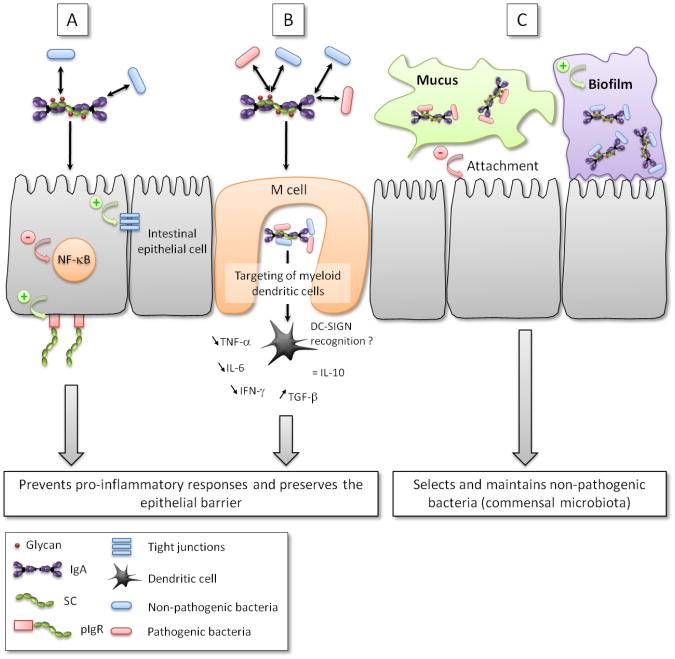Figure 3. Multi-functional interactions of between SIgA and pathogenic and nonpathogenic bacteria in the intestinal mucosa.
In all pathways, pathogenic and non-pathogenic bacteria are coated by SIgA (depicted as a dimer with bound SC) in a Fab-specific or in a Fab-independent, glycan-mediated manner. (A) Enhanced interaction between SIgA-coated non-pathogenic bacteria and the epithelium reinforces its barrier function via multiple mechanisms, including reinforcement of tight junctions, overproduction of pIgR, and reduction in nuclear translocation of NF-κB. (B) SIgA-based immune complexes with commensal and/or pathogenic bacteria are taken up by M cells where they are targeted to underlying myeloid DCs, possibly upon binding to DC-SIGN, resulting in the down regulation of local pro-inflammatory responses. (C) SIgA, as well as free SC, may play a role of “selection” by excluding pathogenic bacteria off the epithelial surface via anchoring within mucus and favoring biofilm formation of non-pathogenic bacteria in the space in close contact with epithelial cells. +: activatory effect; −: inhibitory effect.

